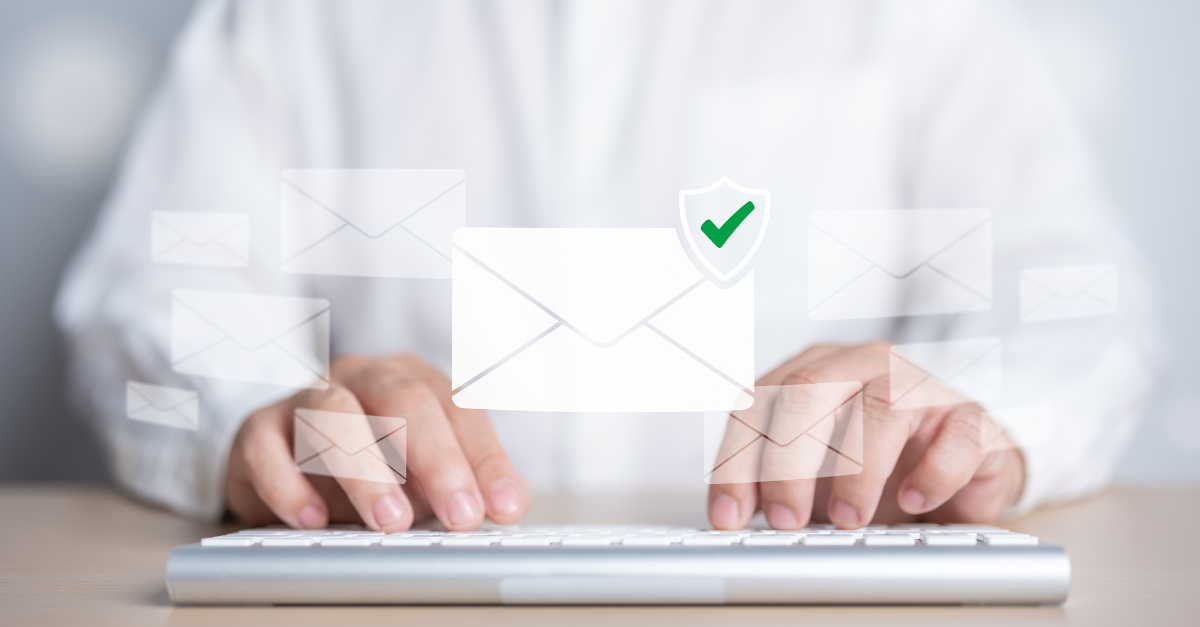Email is the primary tool for business communications worldwide for organizations of all sizes. It is also the number one threat vector for cyberattacks. Email threats have evolved from mass spam and phishing email campaigns to highly targeted phishing attacks that can deliver ransomware and zero-day malware.
Malicious parties have become increasingly sophisticated at targeting organizations via email, including intercepting messages to view sensitive information and/or email spoofing with the intent of pushing to phishing sites or triggering malware downloads.
To protect against these constantly evolving email threats, organizations must deploy a layered security solution beyond anti-spam and antimalware. This solution should include dedicated, advanced-threat protection capabilities and protect against malicious attachments and URLs and impostor-based attacks. In addition, managing and maintaining an on-premises email security solution can become costly and time-consuming. As such, organizations can benefit from replacing legacy solutions with an easy-to-use, affordable hosted email security solution that easily integrates with existing email infrastructure, that can be quickly provisioned without the upfront expense, and that dynamically responds to new threats while reducing ongoing administration cost and complexity.

Here are some email security best practices that organizations that follow to protect themselves:
- Safeguard your email content with encryption: Protecting your email content requires much attention and effort. Organizations have to ensure the security of both the content and attachments while in transit or the inbox. Popular email platforms typically don’t have adequate enterprise-level email encryption to secure organizations against all cyber threats. Even if these platforms claim to support encryption, they only work if both the sender and recipients have certain extensions enabled.
Today, it is crucial to get third-party email security services that can help encrypt corporate emails and fulfill the security gap. It is vital to understand that any encryption tool is only effective if users can easily make it a part of their regular workflow and be well aware of the best practices of email security. - Use a password manager and multi-factor authentication: Passwords are one of the most critical factors in keeping your email information safe. A strong password is the first level of defense against a security breach. We always recommend not to use any generic passwords. Things like CompanyNameCity123 and FirstnameLastname do not provide enough security, especially for admin-level accounts.
Another way to improve email account security is by introducing multi-factor authentication (MFA), which help reduce the margin of error when your employees access their email accounts. - Implement regular data backups to the Cloud: Malware or ransomware attacks are a big deal for email security. But backing up data can help reduce the damage if the worst were to happen. Thus, whether your business outsources to a security organization or uses the Cloud in-house, regular data backups should be standard practice for securing emails. Keeping files Cloud-based adds an extra layer of security, especially if data is encrypted while in transit to the Cloud service provider.
- Prohibit Personal Use of Company Emails: Let your employees know that their company email addresses should be used for business conversations and nothing more. Prohibit the use of official mail ids to send and receive any non-company-related activities. Minimizing personal use of the company emails makes for a more secure email.
- Avoid Opening Unfamiliar Attachments: Never open an attachment from an unfamiliar sender. Unsafe links, malware, and viruses are often hidden in unsuspecting attachments. If you are unsure about an attachment, you should run a virus and malware scan to see if it’s safe or not. Otherwise, you can connect with your IT department if you are unsure. Note that dangerous attachments can come in any format, but .HTML attachments are a commonly used phishing tactic.
Conclusion
Given the rise of phishing attacks, verifying the identity of email senders is critical to maintaining a strong security perimeter across your organization. Considering the additional security advantages, implementing S/MIME is a no-brainer. So, it’s best to be proactive and wise by safeguarding your organization from the dangers before they have a chance to strike.
GlobalSign’s S/MIME Certificates scale to accommodate businesses of all sizes, with certificate lifecycle management and automation technologies with S/MIME certificates to simplify high-volume deployments. If you have any questions about S/MIME or other cybersecurity tools, reach out to the GMO GlobalSign team now.







